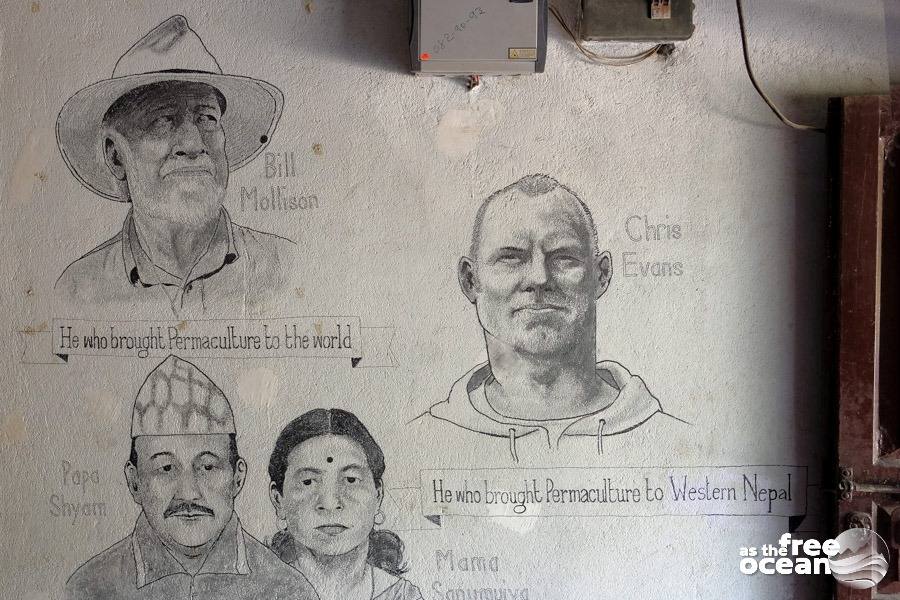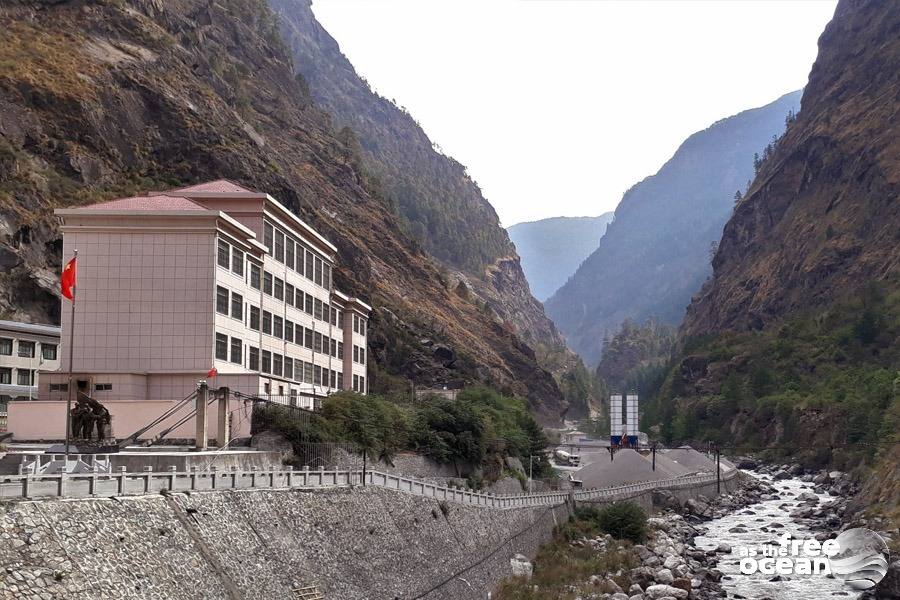The biggest city in Nepal and the capital of the country, Kathmandu is not just the political, historical, artistic and cultural center of the little country hidden at the base of the Himalayan Mountains, but also the access gateway to Nepal’s diversity of experiences.
The city did not look like it evolved much in the past decades. Streets were as dusty as they probably always been. There was little order in the traffic, but drivers always showed good reflexes so we never witnessed any accidents.
The largest part of Kathmandu is represented by its urban agglomeration across the Kathmandu Valley, which includes the towns of Lalitpur, Kirtipur, Madhyapur Thimi and Bhaktapur. The most chaotic part of Kathmandu, but also the most colorful and the most alive is its touristic center, the Thamel. The streets here are filled with stores, supermarkets, restaurants and coffee places offering an exotic atmosphere that attracts both regular tourists and backpackers.
We chose to be far from the boisterous streets of Thamel and spent our first night in Kathmandu at a homestay. Still, the entertainment and the good coffee that we always found in Thamel called us back here several times in the following days.
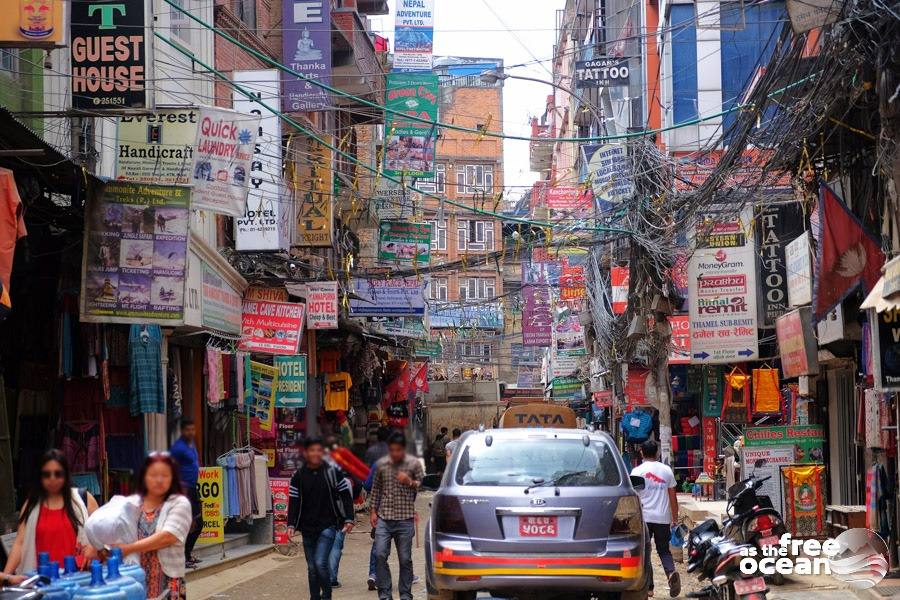
The Swayambhunath Temple
From the group that we were part of during the journey in Tibet, few of us planned a longer stay in Nepal. So, we decided to reunite with the others for the last evening and visited together the Swayambhunath Temple (known also as the Monkey Temple). It is a large Buddhist temple on one of the hills that surround the city. Several statues and stupas mark the entrances into the temple. But the most impressive part is found at the end of the long staircase that leads the path towards the top of the hill, where a large stupa decorated with praying flags is part of the impressive landscape that visitors can admire.
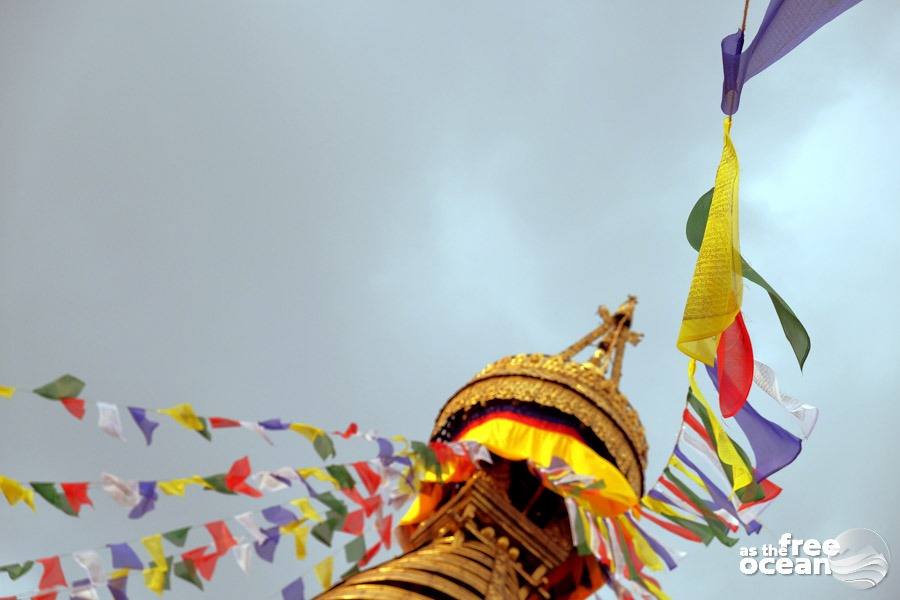
We decided to remain for dinner, as a few restaurants up there offer the chance to enjoy tasty food while marveling at a spectacular sunset.
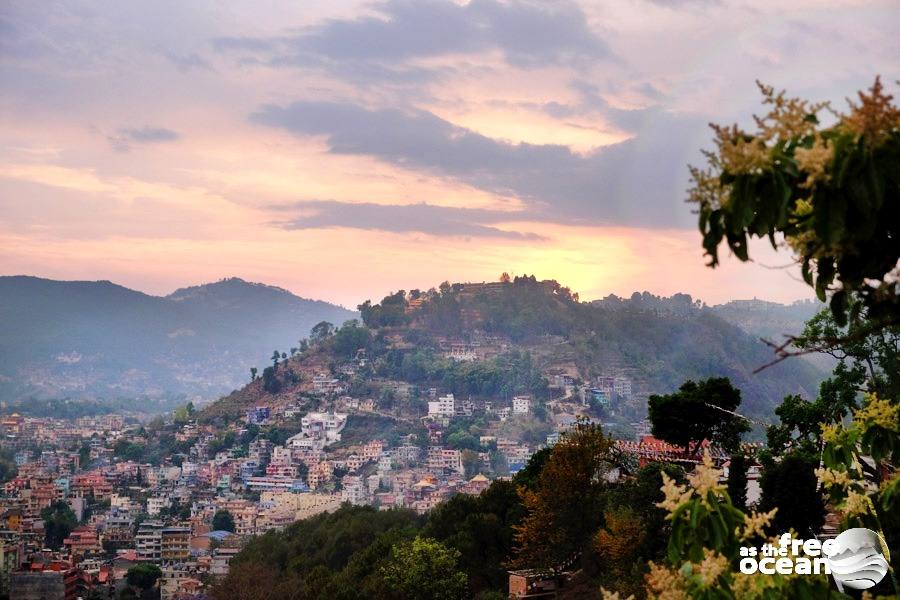
The ancient streets
The city offers access to a high number of Hindu and Buddhist temples to both tourists and pilgrims. Tourism is probably the most important and fastest-growing industry in Nepal and more and more tourists are expected to visit the country each year. So do not expect to experience much enjoyment for free. A small entry fee will is requested for most attractions and much higher prices are being paid for food in the touristic areas. We tried both touristic and local restaurants and, while we couldn’t feel the difference of taste, we surely felt the difference in price.
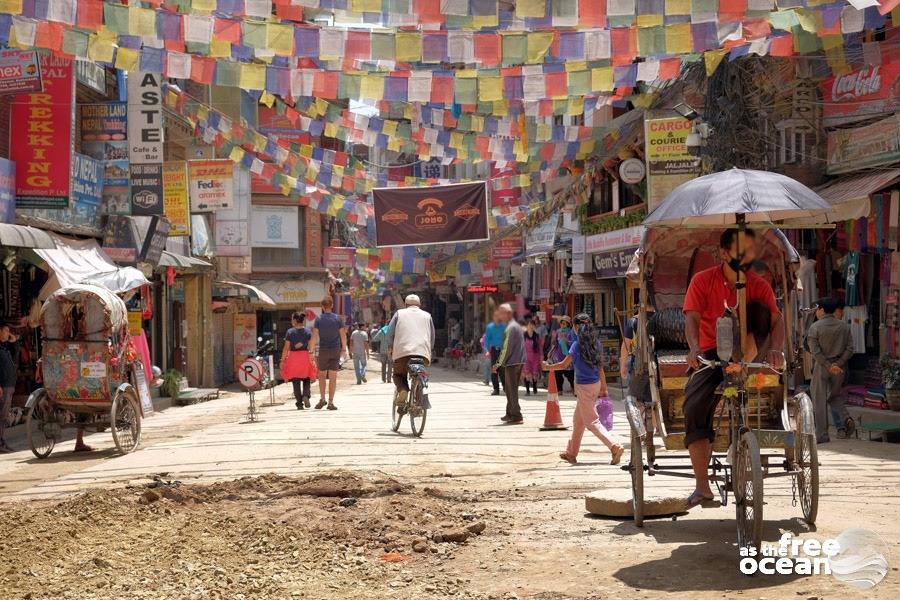
The best examples of architecturally notable buildings of the recent era can be seen in Durbar Square, as well as in Patan Durbar Square and Bhaktapur Durbar Square.
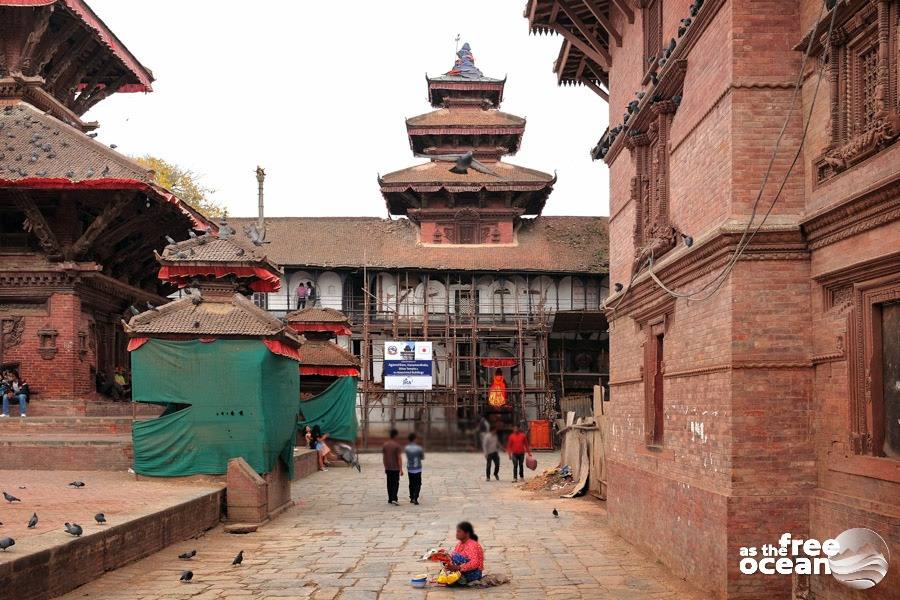
The view from many rooftop bars will add to the enjoyment of a refreshing drink. Just always remember to ask for the source of the water when having iced drinks, as the quality of the water in Nepal is bad and people are advised to not consume it. Bottled mineral water is usually available in most stores.
Transportation
Minivans are part of a complex transportation network in Kathmandu. While routes are not indicated on any website or application that tourists can use, it is enough to know where you are going. The “cashier” of each one of these vans always screams out the direction that the car is going in. Prices for the ride are low and convenient (we usually paid between 15 and 20 Nepalese rupees, which was less than 15 euro cents), but most of the time it can get really crowded inside the vans. Sometimes you might even see people hanging outside.
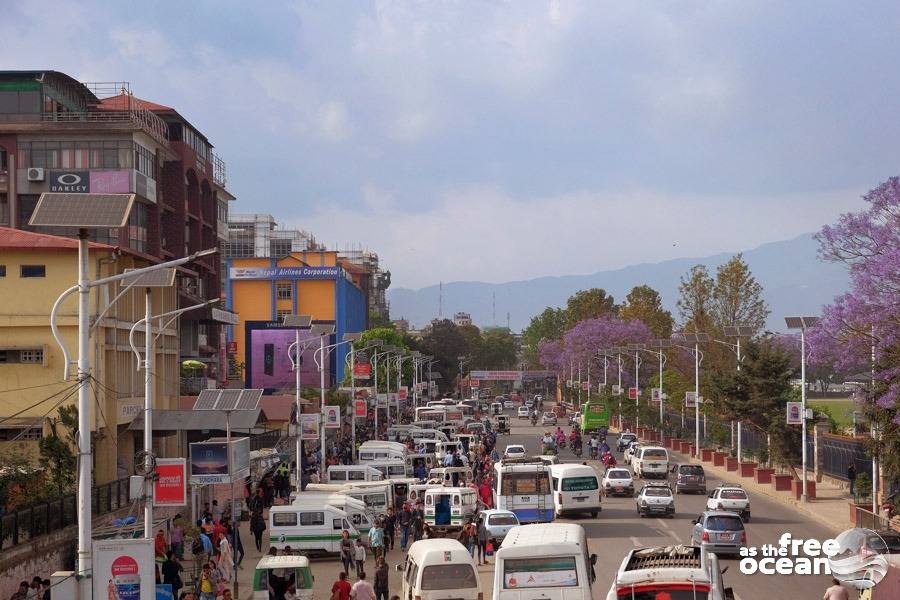
Kathmandu is diverse and offers a range of exciting experiences, but as well do other places in the country. We tried to see also some of the wilder parts of Nepal, so we decided to reserve some time for visiting the National Park Chitwan. Read more about it here.
For more pictures from Kathmandu click here.

